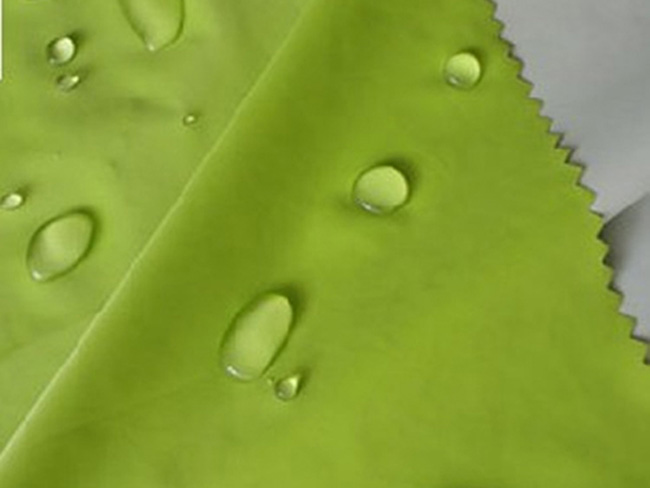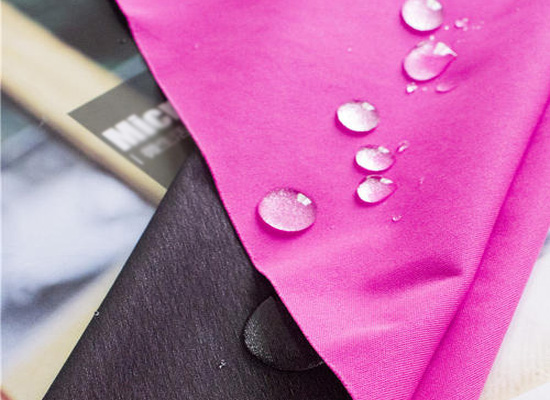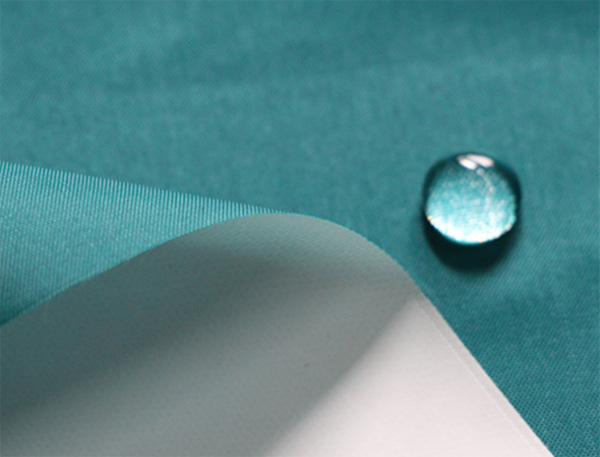Introduction to raw materials and design calculations of basic knowledge of wires and cables
Basic knowledge of wire and cable raw materials and introduction to design calculations
1. Main materials of wires and cables
1. Copper wire:
Using electrolytic copper as raw material, the copper wire made by continuous casting and rolling process is called low-oxygen copper wire; the copper wire made by up-drawing method is called oxygen-free copper wire.
The oxygen content of low-oxygen copper wire is 100~250ppm, the copper content is 99.9~9.95%, and the conductivity is 100~101%.
The oxygen content of oxygen-free copper wire is 4~20ppm, the copper content is 99.96~9.99%, and the conductivity is 102%.
The specific gravity of copper is 8.9g/cm3.

2. Aluminum wire:
Aluminum wire used for electrical wires must be annealed and softened. Aluminum wires used for cables generally do not need to be softened.
The resistivity of aluminum used in wires and cables is required to reach 0.028264Ω.mm2/m, and the specific gravity of aluminum is 2.703g/cm3.
3. Polyvinyl chloride (PVC):
PVC plastic is based on PVC resin and mixed with various additives, such as preservatives, antioxidants, fillers, brighteners, flame retardants, etc. Its density is 1.38~1.46g/cm3 about.
Characteristics of PVC materials:
It has superior mechanical properties, chemical corrosion resistance, no flame retardation, good weather resistance, good electrical insulation properties, and easy processing.
Disadvantages of PVC materials:
① A large amount of toxic smoke is emitted when burning;
② Poor thermal aging performance.
PVC is divided into insulating materials and sheathing materials.
4. Polyethylene (PE):
Polyethylene is polymerized from refined ethylene and can be divided into low-density polyethylene (LDPE), medium-density polyethylene (MDPE) and high-density polyethylene (HDPE) according to density.
The density of low-density polyethylene is generally 0.91~0.925g/cm3; the density of medium-density polyethylene is generally 0.925~0.94g/cm3; the density of high-density polyethylene is generally 0.94~0.97g/cm3.

Advantages of polyethylene materials:
① High insulation resistance and voltage resistance;
② In a wide frequency band, the dielectric constant ε and dielectric loss tangent tgδ are small;
③ Rich in flexibility and good wear resistance;
④ Good heat aging resistance, low temperature performance and chemical resistance stability;
⑤ Good water resistance and low moisture absorption rate;
⑥ Cables made with it are light in weight and easy to use and lay.

Disadvantages of polyethylene materials:
① Easily burns when exposed to flame;
② The softening temperature is low.
There are two main types of cross-linked polyethylene currently used in the cable industry. One uses silane as a cross-linking agent, called silane cross-linking material, which is mainly used in the insulation layer of low-voltage wires and cables. The other is cross-linked polyethylene material using dicumyl peroxide (DCP) as the cross-linking agent, which is mainly composed of polyethylene, cross-linking agent and antioxidant. It is mainly used in the insulation layer of medium and high voltage cables. The higher the insulation voltage level, the higher the purity required.
DCP is a peroxide. The higher the temperature, the faster it decomposes. After its decomposition, it will catalyze the formation of polyethylene.
cross-linking reaction. DCP will also decompose at room temperature, but the decomposition rate is very slow, but it will decompose quickly when heated to a certain temperature (when the temperature exceeds 125°C).
Silane cross-linking agent also has the same performance, but it also requires water as an additive to achieve a complete grafting reaction. There are two main types of silane cross-linked polyethylene on the market today, one is called one-step method and the other is called two-step method (this name is different from the academic name of silane cross-linking). The one-step insulation material is a cross-linking agent and catalyst that has been mixed in advance, and is also called a copolymer material; the two-step insulation material is divided into A material and B material, and the A and B materials are mixed well before production. The storage time of the one-step method is very short, while the main material and the catalyst material of the two-step method are separated, so the storage time is longer, but the mixed materials must be used immediately. In addition, carbon black masterbatch can also be added to the silane cross-linked material to provide weather resistance and is used in a series of insulated overhead cable products.
Advantages of cross-linked polyethylene materials:
Its electrical properties are better than polyethylene; its mechanical properties are better than polyethylene, so it is widely used than polyethylene. The softening temperature is higher than that of PVC, and the normal operating temperature of the cable can reach 90°C.
The disadvantage is that it is difficult to process and easy to burn.






